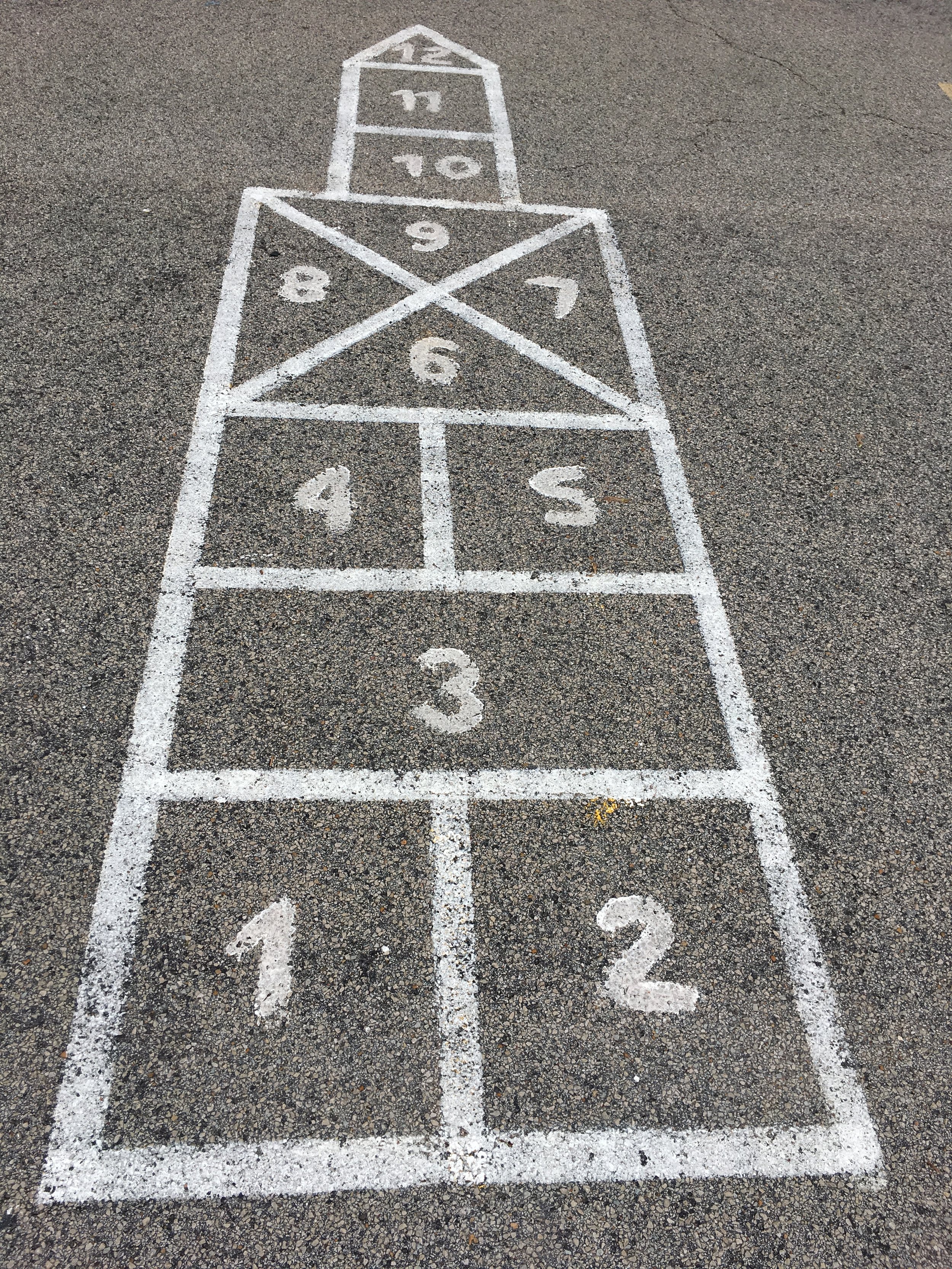Playful Invitations is very special in my life. The path I took to start this blog was long, and sometimes hard, but I wasn’t alone. I always had the steadfast voice of my mentor and friend. She taught what I needed to learn, asked thought provoking questions, and always encouraged my efforts. The way she guided my learning is the same process I suggest adults use with children. I realize now that she was modeling a respectful way of teaching that shows confidence and empowers the learner. As I prepare to graduate, I would like to acknowledge Dr. Joy Voss and her incredible influence on the blog and my life.
This Playful Invitation is one of her amazing ideas.
Mix, et al. (2012) found that counting and labeling visible sets of objects was more successful in improving preschool children’s number knowledge than only labeling quantities or only counting them. Thus, discussing numbers by counting and labeling objects (e.g., toys in the play area and chairs at the dinner table) seems crucial in supporting young children’s developing numerical knowledge, particularly to help them understand what numbers mean. -Zippert, E. L. ., Diamant-Cohen, B., & Goldsmith, A. Y. . (2017)
PLAYFUL INVITATION
1. Prepare: Find or draw a hopscotch. Make sure it has numbers in each square.
If you are in a natural area have the children search to find loose parts. (rocks, leaves, mulch, sticks, plants, flowers, etc.) If there isn’t a source of materials where you play, gather a basket ahead of time.
Observe the child throughout the interaction. Use the Invitation to Play Documentation Tool to collect data.
2. Invite: Look at this hopscotch! See the numbers in each box? Let’s try and match each number with the same number of things we find outside.
3. Play: Begin by asking the child to tell you what they notice about the hopscotch. Listen.
Next, talk with the child and identify all of the numbers.
Then, start with 1. Ask the child to find “1 of something” and place it in the box.
Move on to 2, then 3, 4, 5…
Each time ask the child to match the quantity to the number,
*A variation would be to toss a stone into a box and have the child gather that number of items. Another is to guide children to search for specific items. “Let’s find 4 green things or Let’s find 5 tiny rocks”
4. Reflect and Assess: What did the child notice about the hopscotch? (numbers, shapes, size, etc.) Was the child able to match quantity with a number? What strategies did the child use for counting or gathering items?
Ready: The child is ready for this when he/she can count to ten, identify some numbers 1-10, and has a sense of one-to-one correspondence.
Extend: Write the number 1 in front of each number to make it more challenging for older preschool or Kindergarten children. Match quantity using physical objects and physical movement. Toss the stone into a box and then hop, stomp, clap, or turn the same number of times.
RESOURCES
Kelly S. Mix et al., “Acquisition of the Cardinal Word Principle: The Role of Input,” Early Childhood Research Quarterly 27, no. 2 (2012): 274–83.
Zippert, E. L. ., Diamant-Cohen, B., & Goldsmith, A. Y. . (2017). Math Counts Too! Promoting Family Engagement in Math Activities at Home. Children & Libraries: The Journal of the Association for Library Service to Children, 15(2), 38–40.
,








